On October 15, at the closing session of the 1st Congress of the Ho Chi Minh City Party Committee, term 2025-2030, Director of the Department of Science and Technology of Ho Chi Minh City Lam Dinh Thang presented a speech on the development of science, technology, innovation and digital transformation (S&T, ST, CĐS) - strategic breakthrough of Ho Chi Minh City in the new period in the spirit of Resolution 57-NQ/TW of the Politburo on National Digital Transformation.
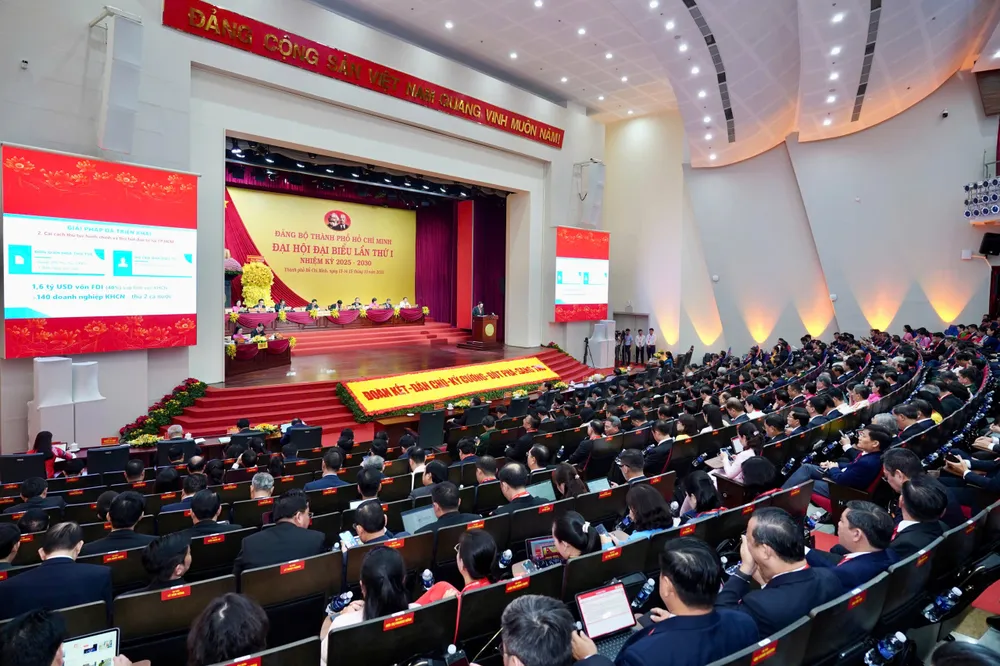
Pioneering locality
According to the Director of the Department of Science and Technology of Ho Chi Minh City, the world is entering a period of increasingly fierce competition in knowledge, technology and innovation. This shows that science and technology, innovation and digital transformation are not only tools to support development but have become the core driving force shaping the competitiveness and strategic position of each country and city.
Comrade Lam Dinh Thang analyzed that Resolution 57 has opened up opportunities for Ho Chi Minh City to promote its leading role in developing the Southeast region - the most dynamic economic region in the country - and become a national innovation growth pole. The city is assigned the responsibility of leading the process of transforming the growth model, developing the knowledge economy, digital economy, green and circular economy, associated with the requirements of rapid, sustainable development and deep integration.

“HCMC is being positioned as a pioneering locality, not only in terms of economic scale but also in terms of productivity, technology and innovation capacity, playing a spreading role in the regional and national development strategy,” informed comrade Lam Dinh Thang.
Currently, Ho Chi Minh City has more than 21,000 individuals working in the field of science and technology, over 135 strong and dynamic research groups, participating in international cooperation, creating many high-quality products, competitive in the domestic and world markets. The innovation startup ecosystem is approaching the Top 100 cities with the most dynamic startup ecosystems globally.
Currently, the ecosystem brings together more than 2,000 startups, dozens of creative spaces, along with intermediary organizations, incubators, venture capital funds and active private equity funds.
The city develops 4 key ecosystems (agriculture, Edtech, AI-IoT, healthcare), organizes hundreds of training and connection events, and supports thousands of businesses and individuals to participate.
The field of digital transformation has recorded remarkable progress. The city has effectively deployed a digital government platform, completed an open data warehouse and shared data in the fields of health, transportation, education, and natural resources and environment. Providing online public services has helped the city reduce administrative procedures.

Accordingly, the city has reduced nearly 300 procedures related to production and business, equivalent to more than 1,900 working days. Specialized working groups have been established to provide direct and timely support to strategic investors. Thanks to that, in just the first 6 months of 2025, the science and technology sector attracted 1.6 billion USD (accounting for 40%) of FDI capital. Currently, the city has more than 140 science and technology enterprises, ranking second in the country.
Implementing Resolution 57, Ho Chi Minh City has proactively identified clear directions and determined to promote development through strategic breakthroughs in science and technology, innovation, and digital transformation.
In particular, the city has completed the targets of the Project on developing the innovative startup ecosystem for the 2021-2025 period; forming an infrastructure to support startups with 18 centers, 55 incubators, and 10 innovation spaces.
At the same time, put into operation the Ho Chi Minh City Innovation Center building - an integrated model of research, testing, startup acceleration and open data sharing. Continue to operate the shared data platform and open data warehouse in many departments and branches, creating a foundation for digital transformation in public service provision and state management.
Pillars in the new growth model
However, the implementation of the resolution has also revealed many limitations. The reasons are that the management mechanism is still heavily administrative and lacks uniformity; there are no public science and technology organizations in the direction of multi-sectoral and multi-field; and a sustainable public-private and public-public partnership mechanism has not been formed to invest in and effectively exploit high-tech infrastructure.
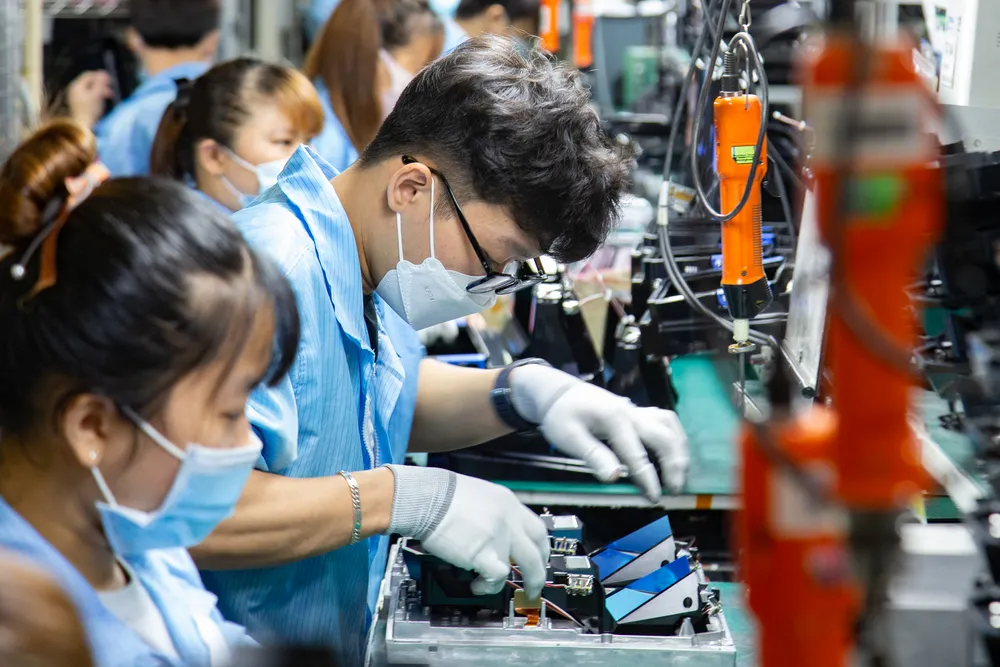
According to comrade Lam Dinh Thang, towards 2030, the city needs to focus on synchronously implementing breakthrough solutions in science and technology, innovation, digital transformation, and making the most of the current legal framework. First of all, it is necessary to affirm the pivotal role of science and technology and digital transformation in the new growth model, promoting the transition to digital economy, green economy, and circular economy.
Ho Chi Minh City aims to contribute 60% of total factor productivity to GRDP by 2030, with the digital economy accounting for 30% - 40% of GRDP; total social expenditure for R&D reaching 2% - 3% of GRDP; allocating at least 3% - 4% of total annual budget expenditure for science and technology, innovation and digital transformation; covering the entire region with 5G and forming at least 5 science and technology organizations that meet international standards.
To achieve that goal, the city needs to continue to innovate the science and technology management mechanism, shifting from administrative to flexible, transparent, and enhancing autonomy; forming strong public science and technology organizations in a multi-disciplinary and multi-field direction, acting as the core connecting the state, businesses, schools and institutes.
Invest in developing science and technology infrastructure and testing space according to international standards; focus on developing cutting-edge technology industries and R&D centers, key laboratories, attract technology corporations and multinational enterprises to invest in research and testing; promote links between research institutes, universities, enterprises and venture capital funds. Promote public-private and public-public cooperation models in developing science and technology potential, especially in implementing major research programs and strategic products.
Along with that, accelerate the development of digital infrastructure; develop high-quality human resources, attract international experts, link domestic and foreign training, create a flexible creative environment to form a team of scientists, engineers, and technology entrepreneurs to lead key industries.
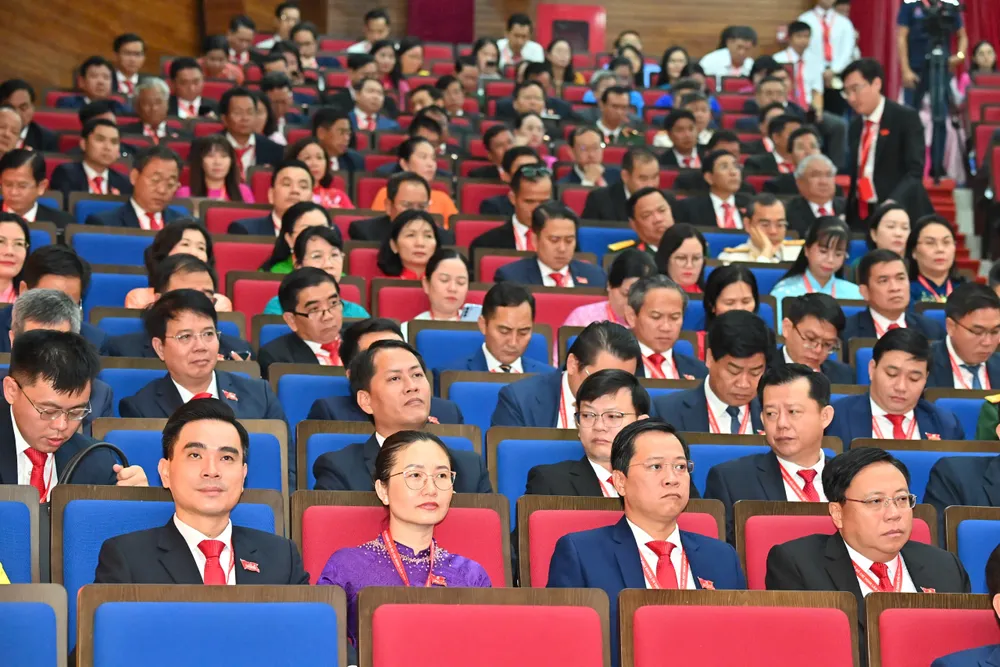
The Director of the Department of Science and Technology of Ho Chi Minh City affirmed that science and technology, innovation and digital transformation are no longer an option, but a mandatory path for the city to maintain its leading role in development, realizing its aspiration to become a leading innovation center in Southeast Asia. This is a decisive stage for Ho Chi Minh City to transform itself into a regional knowledge and technology center, making science and technology, innovation and digital transformation the main driving force for growth, improving people's lives, business competitiveness, and state governance efficiency.
- In the 2020 - 2025 period, investment from the budget and society for science and technology is estimated to reach 1% of GRDP, equivalent to 76,049 billion VND.
- More than 60% of science and technology tasks are directly applied to businesses, departments and branches in Ho Chi Minh City.
- The rate of enterprises with innovation activities reached an average of 37.8%.
- Total factor productivity (TFP) contribution reached over 50.7%.
Source: https://www.sggp.org.vn/but-pha-tu-khoa-hoc-cong-nghe-dinh-hinh-nang-luc-canh-tranh-post818097.html


![[Photo] Many dykes in Bac Ninh were eroded after the circulation of storm No. 11](https://vphoto.vietnam.vn/thumb/1200x675/vietnam/resource/IMAGE/2025/10/15/1760537802647_1-7384-jpg.webp)

![[Photo] Conference of the Government Party Committee Standing Committee and the National Assembly Party Committee Standing Committee on the 10th Session, 15th National Assembly](https://vphoto.vietnam.vn/thumb/1200x675/vietnam/resource/IMAGE/2025/10/15/1760543205375_dsc-7128-jpg.webp)

![[Photo] General Secretary To Lam attends the 18th Hanoi Party Congress, term 2025-2030](https://vphoto.vietnam.vn/thumb/1200x675/vietnam/resource/IMAGE/2025/10/16/1760581023342_cover-0367-jpg.webp)

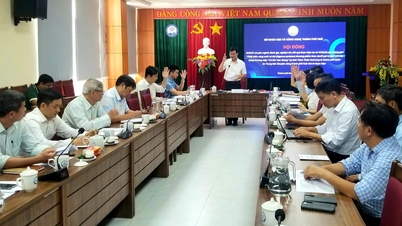

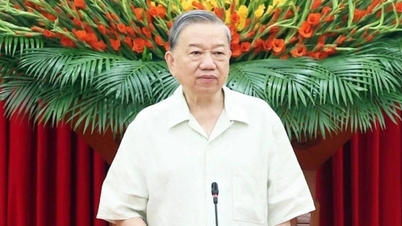



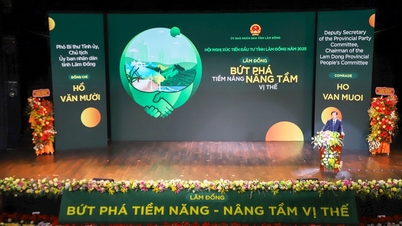



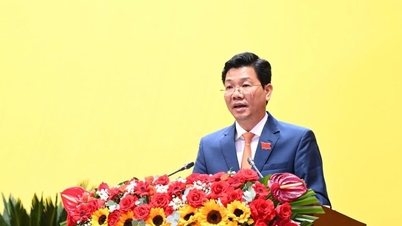

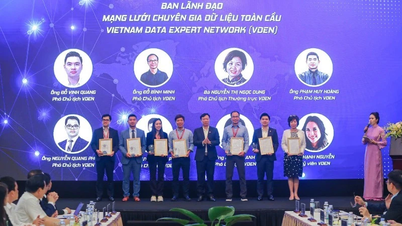




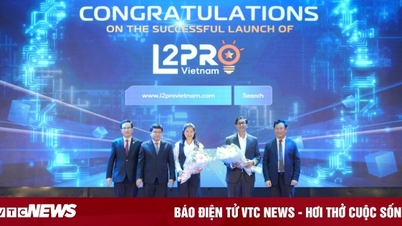







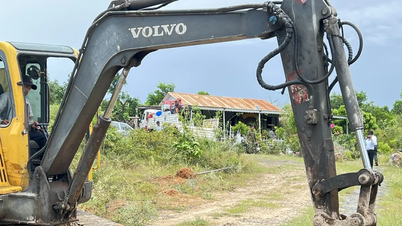






![[Video] TripAdvisor honors many famous attractions of Ninh Binh](https://vphoto.vietnam.vn/thumb/402x226/vietnam/resource/IMAGE/2025/10/16/1760574721908_vinh-danh-ninh-binh-7368-jpg.webp)






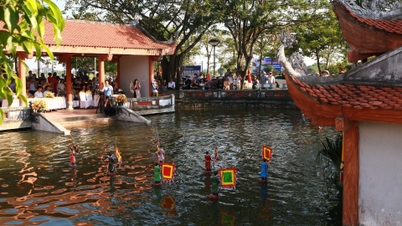





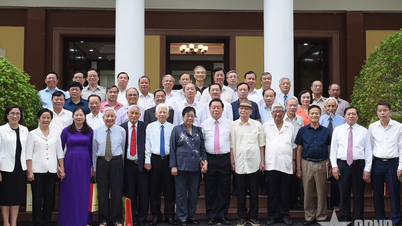





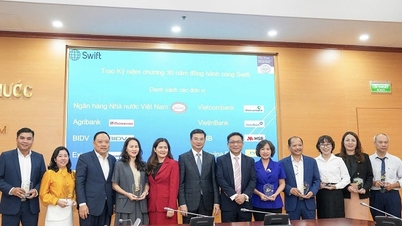
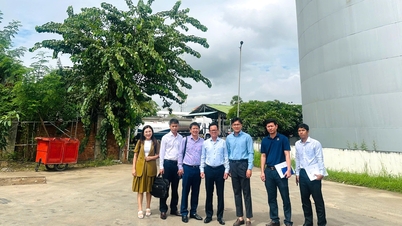
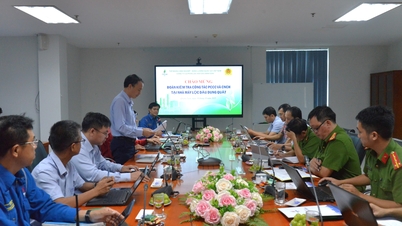









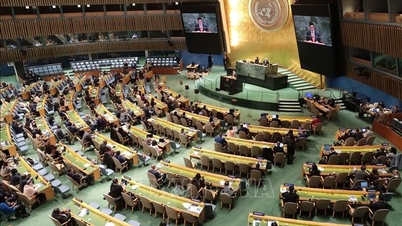
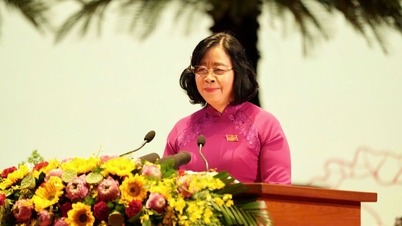





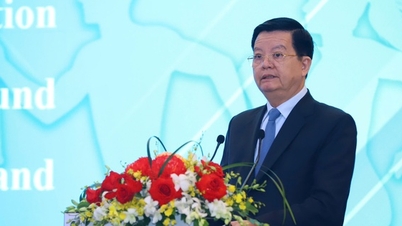
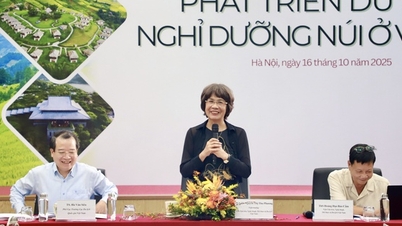
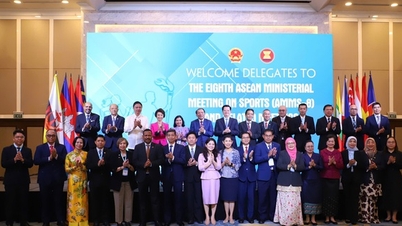
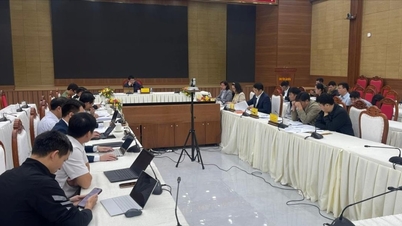


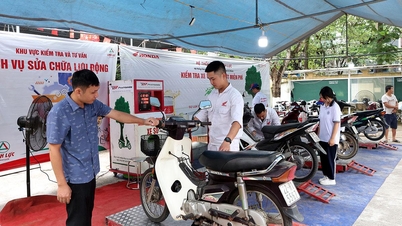

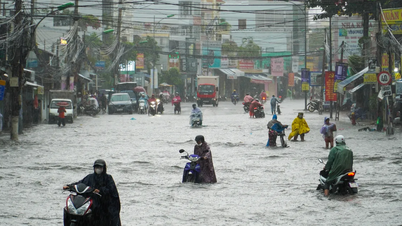

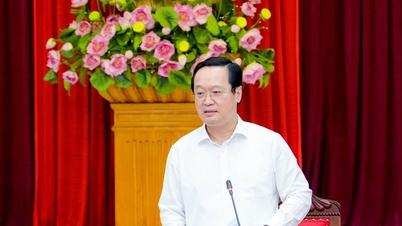


















Comment (0)